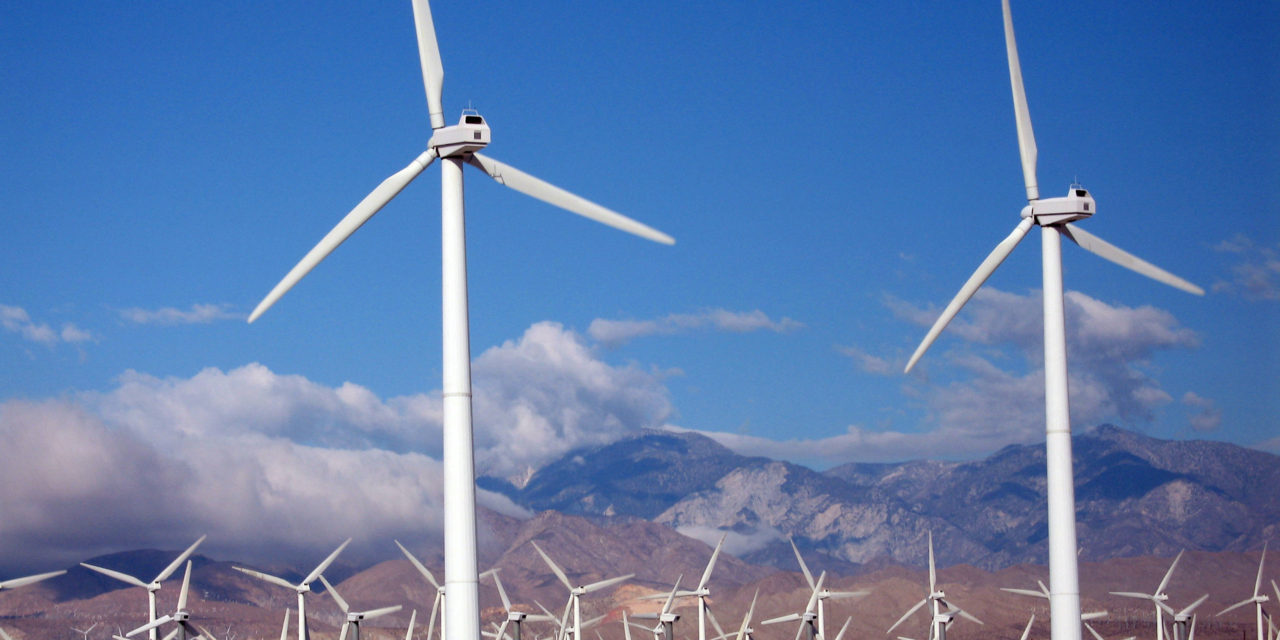December 2018:
When we compare the cost of generating electricity from coal, nuclear, natural gas, wind and solar, there are several different costs to consider. There is the fixed cost of building and maintaining the generating plant, the wind farm, or the solar panels. There is the variable cost of the fuel, which may be as low as zero in the case of solar and wind. And the average lifetime cost per unit of electricity takes into account both fixed and variable costs.
For decades, coal and nuclear plants produced the country’s cheapest power. Their fuel (coal and uranium) was plentiful and cheap and the plants are big, which reduces the average cost of producing a unit of power.
In contrast, natural gas plants historically produced expensive electricity. Natural gas was in relatively short supply and in high demand for other purposes, including for home heating and as a feedstock in chemical manufacturing. Gas-fired plants are typically smaller.
All of that changed quickly after roughly 2005, when rapid advances in drilling technologies allowed producers to profitably access vast pockets of gas trapped in shale rock formations. “Shale gas” abruptly flooded the market with supply and pushed natural gas prices down significantly.
In November 2018, investment bank Lazard estimated that the average lifetime cost to produce power from a new natural gas plant is about $41 per megawatt-hour (about enough electricity to power 800 homes for an hour). This includes both the (fixed) cost of building and maintaining the plant, and the (variable) cost of the fuel. The average cost for a coal plant is $60 per megawatt-hour and the average cost for a nuclear plant is $112 per megawatt-hour, according to Lazard.
Unsurprisingly, utilities that are responsible for delivering power to homes and businesses are purchasing much more of their power from gas-fired plants than in the past, at relatively low prices.
That has left smaller or inefficient coal and nuclear plants out in the cold, with two miserable choices. Because prices in competitive markets are “set” by the lowest-cost generators (typically natural gas plants), owners of the nation’s smaller or inefficient coal and nuclear plants face the option of selling power into the market at low prices that may be profitable for gas plants but not for themselves. Or, they can shut down their plants rather than selling power at a loss.
NEGATIVE PRICES?
What about renewables? Solar and wind power have become much cheaper, because Chinese companies have cut solar panel production costs and Europeans are making more efficient wind turbines. According to Lazard, the average lifetime cost to produce power from a new wind farm is about $29 per megawatt-hour, while the same cost for a large, utility-owned solar farm is about $36.
Both sources of electricity have also enjoyed subsidies, including a federal tax credit for wind farms that has been about $23 per megawatt-hour (an amount that Congress has decided to scale down and eliminate by 2021).
The wind tax credit has produced a surge of environmentally friendly energy, largely in the Upper Midwest, Plains states, Texas and California.
But the tax credit for wind power has also produced something odd.In wind-rich power markets—particularly overnight or other times when demand is low—wind farms have sold output at “negative prices,” effectively paying utilities and industrial consumers to take their power.
This phenomenon only makes sense because of the federal tax credit and because wind farms have no fuel costs. Wind blows for free. As a result, wind generators can sell a megawatt-hour for negative $3 and still pocket about $20. Solar generators enjoy similar tax credits and can profit similarly when prices go negative.
Again, that leaves nuclear and fossil-fuel fired plants in those markets with grim choices. Shutting down temporarily, and powering up later, is very expensive. Thus, it often makes sense for those plants to continue selling power at market prices that lose them money, at least in the short-term. Over the longer-term, they will shut down, or seek subsidies.
********************
By Jeff Beattie
The views represented here are those of the author’s and not his employers.
Note: This textbook-based blog is explicitly non-political. We analyze current events for the beginning economics students without imposing our own views on the topic.
Key Terms
average lifetime cost
The average cost per unit of power, taking into account both fixed costs and variable costs over the lifetime of the plant
fixed costs
Costs that are difficult to change in the short run.
variable costs
Costs that managers can quickly raise or lower by decisions they make today.
Review Questions
Additional Readings
Starn,Jesper.2018.“Power Worth Less Than Zero Spreads as Green Energy Floods the Grid,” Bloomberg, August 6, 2018 https://www.bloomberg.com/news/articles/2018-08-06/negative-prices-in-power-market-as-wind-solar-cut-electricity






